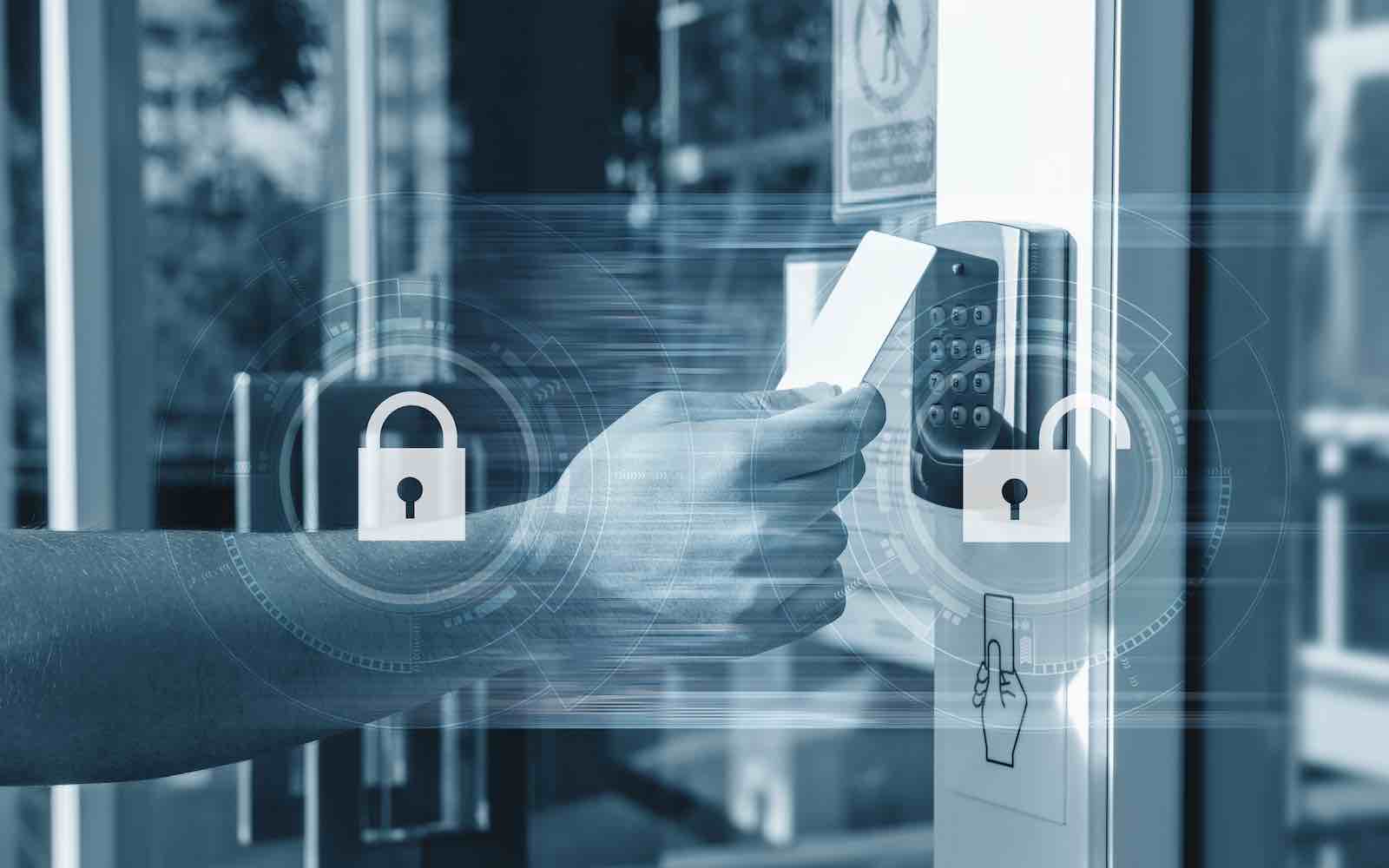“Smoke detectors save lives”. A clichéd statement to be sure, but an accurate one. The American Red Cross says that the lives of 890 people are saved annually by the presence of a monitored smoke alarm system in the home. Sadly, 3,000 more lives are lost annually by homes that either didn’t have smoke detectors, or had ones that weren’t installed and being used properly. And like other forms of technology, the smoke detector has evolved and improved over time.
Until fairly recently, one’s only smoke detector choice was a disk that issued a shrill audio alarm. These alarms could be triggered by any change in a room’s atmosphere. The result was false alarms caused not just by cooking, but by the steam of a bathroom shower as well. Why was this happening? These smoke detectors were equipped with ionization and photoelectric aerosol sensors, designed to detect aerosol particles (caused by most fires) in the air. Unfortunately not sophisticated enough to distinguish between differences in these particles, these older models reacted constantly and loudly to all of them. As a result, annoyed residents began shutting (and leaving) them off, losing their protection. This became enough of a serious and tragic problem that in 2012, the federal government’s Oak Ridge National Laboratory issued a white paper calling for the development of far more sophisticated smoke detectors for use in residential homes.
And four years later, those detectors are here. “Smart” smoke detectors now on the market don’t just respond to the presence of smoke in the air. They can analyze the composition of what they’re detecting, which means that they can distinguish between dangerous levels of smoke, and small, normal levels that result from frying eggs on a stove top, for example. They can also distinguish between steam and smoke. And these devices have increased their I.Q.s with the aid of WiFi and the Internet, which means that you’re connected to outside assistance through them like never before. These newer smoke detectors are also able to alert residents to the presence of deadly carbon monoxide in rooms. These are all compelling reasons as to why it’s time to replace the detector that you’ve had since 2003 with a “smarter” one. But below are a few more.
“Smart” Smoke Detectors Can Be Monitored By Home Security Systems
This means that those security companies that alert the police when a burglar alarm goes off can also call the fire department for you. Not only that, they can specifically tell authorities in which room or rooms fire is occurring. The result? Quicker emergency service response times, protection for an unoccupied home, and assistance for residents who may be unable to call for help, or unable to exit a home.
“Smart” Smoke Detectors Can Issue More Than One Kind Of Alert
These connected devices can receive warnings over the internet for severe weather conditions such as tornados, and issue them to residents.
“Smart” Smoke Detectors Are Powerful
Are you remembering to check those older model detector batteries annually? Smart detectors, in addition to running off of household electricity, have backup systems powered by lithium batteries. These batteries have a life of between 2-10 years, yet one more “powerful” reason to switch from that older smoke detector to the more sophisticated recent ones.
As a national security company, we start out two steps ahead of other life and property protection companies. We design, install and service virtually any type of system you might need from fire, security and alarm, to access control, video security and central station monitoring. Contact GuardMe today for a complimentary on site analysis of your home or business.




